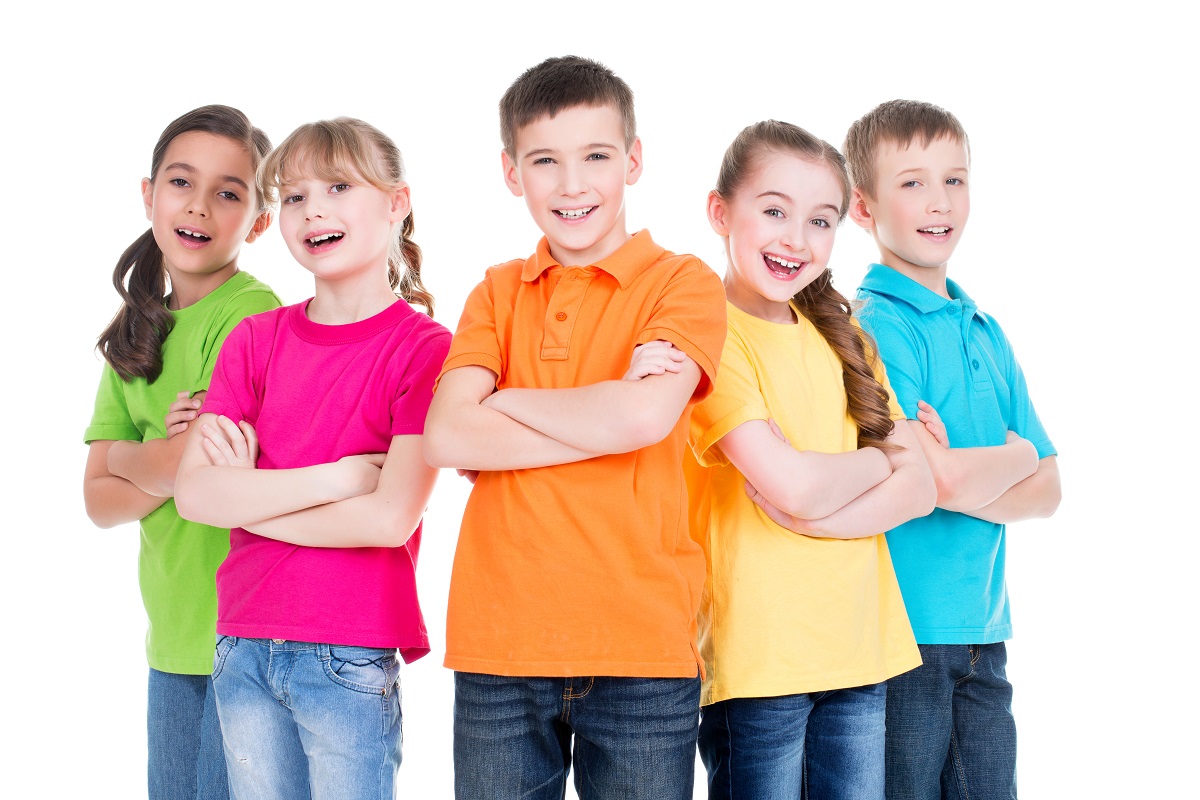
Yoga for Children
Yoga means union. It is not a religion but a science of living according to our means and to the laws of life.
Yoga as a form of Complete Education
Yoga is a form of complete education that can be used with all children because it develops physical stamina, emotional stability and intellectual and creative talents. It is a unified system for developing the balanced, total personality of the child.
Yoga Asanas
Asana practice maintains the health and suppleness of the spinal column as well as the muscles and joints.
Yoga practice encourages children to maintain an erect posture without tension and strain. Flexibility, agility and correct posture are very important benefits gained for young bodies.
Yoga movements and postures for stretching and toning the muscles create flexibility within the skeletal system and they also affect the development and maintenance of healthy nervous and endocrinal systems.
Subtle massage takes place at the location of different glands, balancing many physiological abnormalities such as hyperthyroid or hypothyroid and other hormonal imbalances.
Pranayama
In scientific investigations, it has been shown that in pranayama the brain emits special electrical energies. With the help of pranayama, certain electrical activities are generated within the body.
Pranayama not only supplies fresh oxygen and strengthens the lungs, they have a direct effect on the brain and emotion.
The emotional stability gained through pranayama frees mental and creative energies in a constructive way and the child exhibits more self-confidence, self-awareness and self-control. Therefore reducing disruptive behavior such as anger, resentment or violence caused by hormonal imbalance.
Nadi Shodhana
Naldi Shodhana, alternate nostrils breathing balances the two hemispheres of the brain.
Abdominal Breathing
Physiological development of the lungs continues to take place up to the age of eight and hence it is important that children are encouraged to practice many forms of nostril breathing techniques. Learning how to use your abdominal to make your lungs breathe achieves efficiency in respiration with little energy drain, achieving full lungs capacity.
Happiness is Yoga
Happiness is the true condition of human beings. Yoga reveals your true nature and permanent happiness. Techniques of asanas and pranayama for physical and mental health are the basis to achieving permanent happiness.
Nadis
Hatha yoga talks about ida and pingala nadis. These two channels are physiological in nature, controlling the brains and its faculties of consciousness and the other controls the life force and its impact on human existence. Therefore these two channels should be properly regulated in order to ensure the balanced development of the child. If there is blockage in these two channels, the brain suffers. Through pranayama, the pranas are extended to every part of the brain, increasing and awakening the total functioning capacity. Circulation of the pranas is very important for both physical and mental activities.
Real education is educating the behaviour of the mind and brain.
Emotional & Behavioural
Emotional disturbances is the result of an imbalance of Manas Shakti (the mental component) and Pranan Shakti (the vital component). Where there is excess mental energy and a lack of prana, children suffer withdrawal, depression, anxiety or lethargy. They lack dynamism and cannot transform their mental energy into creative action.
Conversely, if children have excess prana and not enough manas, they will become destructive and disruptive. A vast amount of energy without control results in hyperactive children which makes learning difficult.
Yoga automatically brings sobriety. Character and sobriety are expressions of inner purity, which cannot be imparted by speeches. The practices must be performed.
Relaxation
Yoga practice includes the ability to concentrate, remember and reason, involving the conscious, subconscious
Yoga Nidra
During yoga nidra, alpha waves are intensified and the principle of yoga nidra can be applied for increasing knowledge or developing the brain in children through communication with the subconscious mind of the child. This communication can only take place if the child’s subconscious state is developed.
